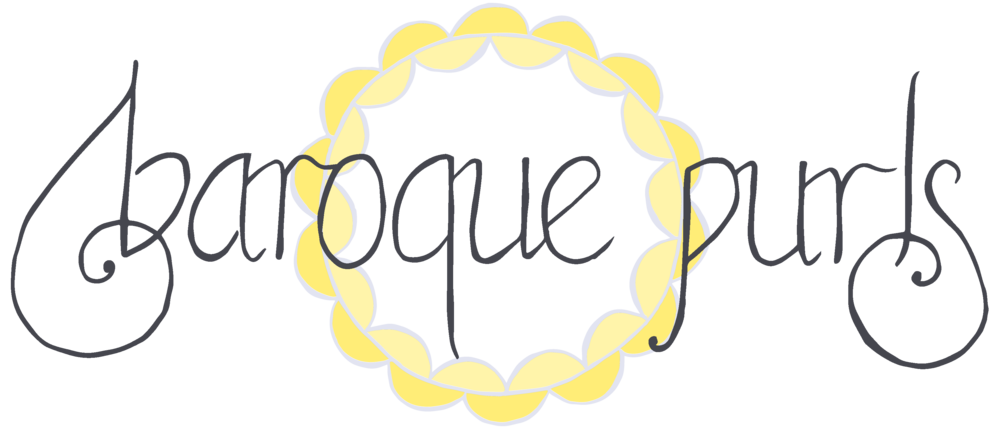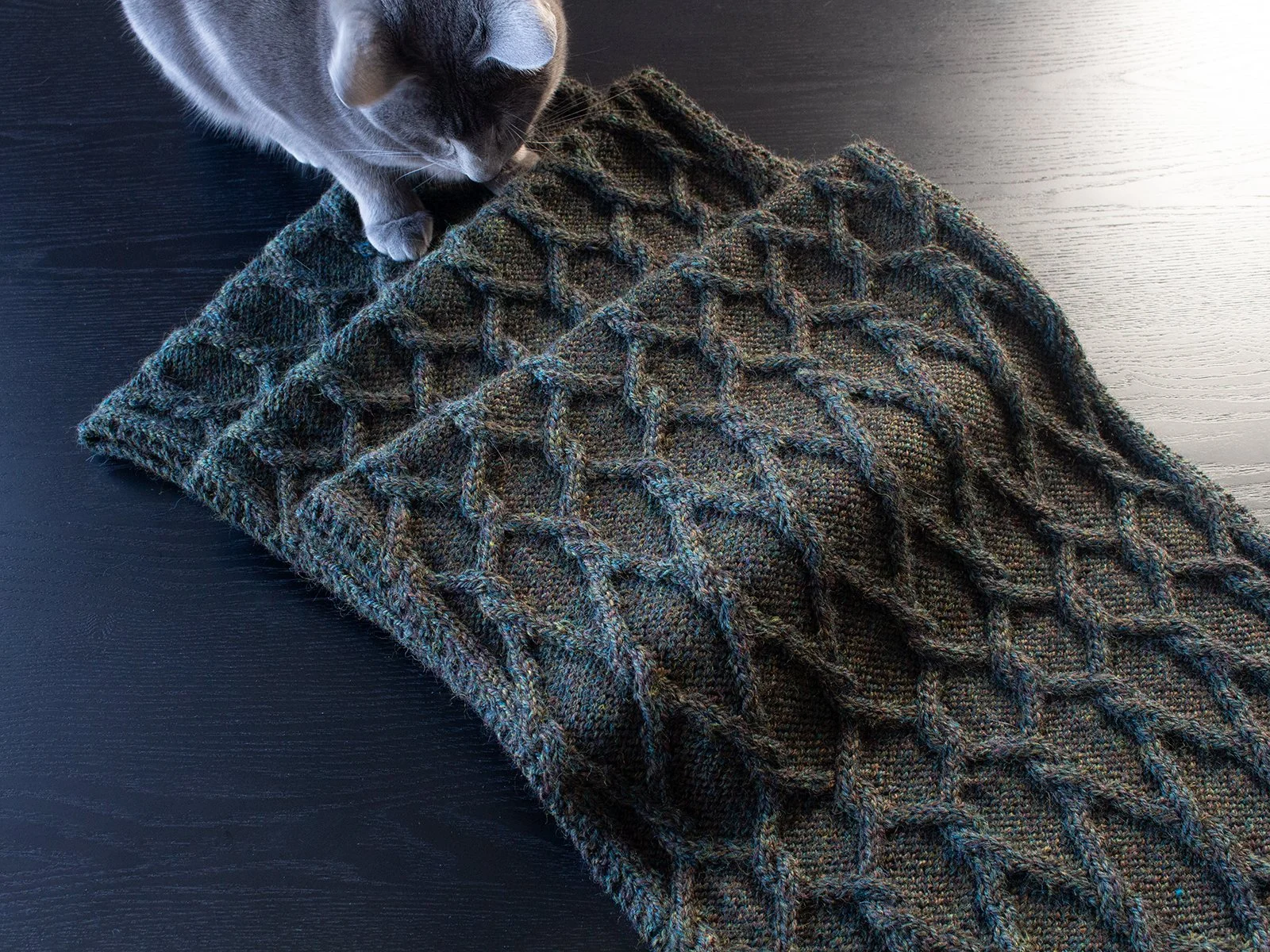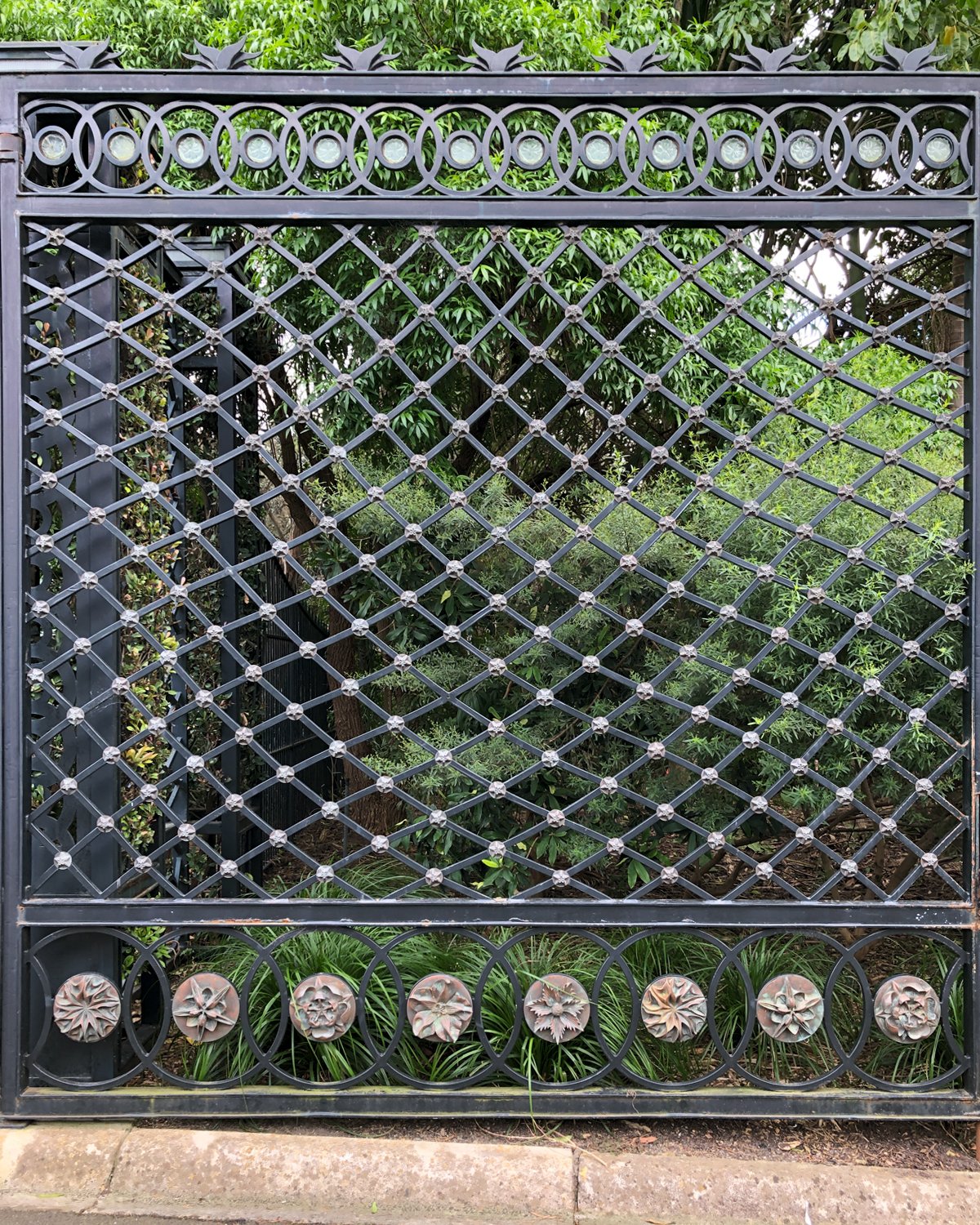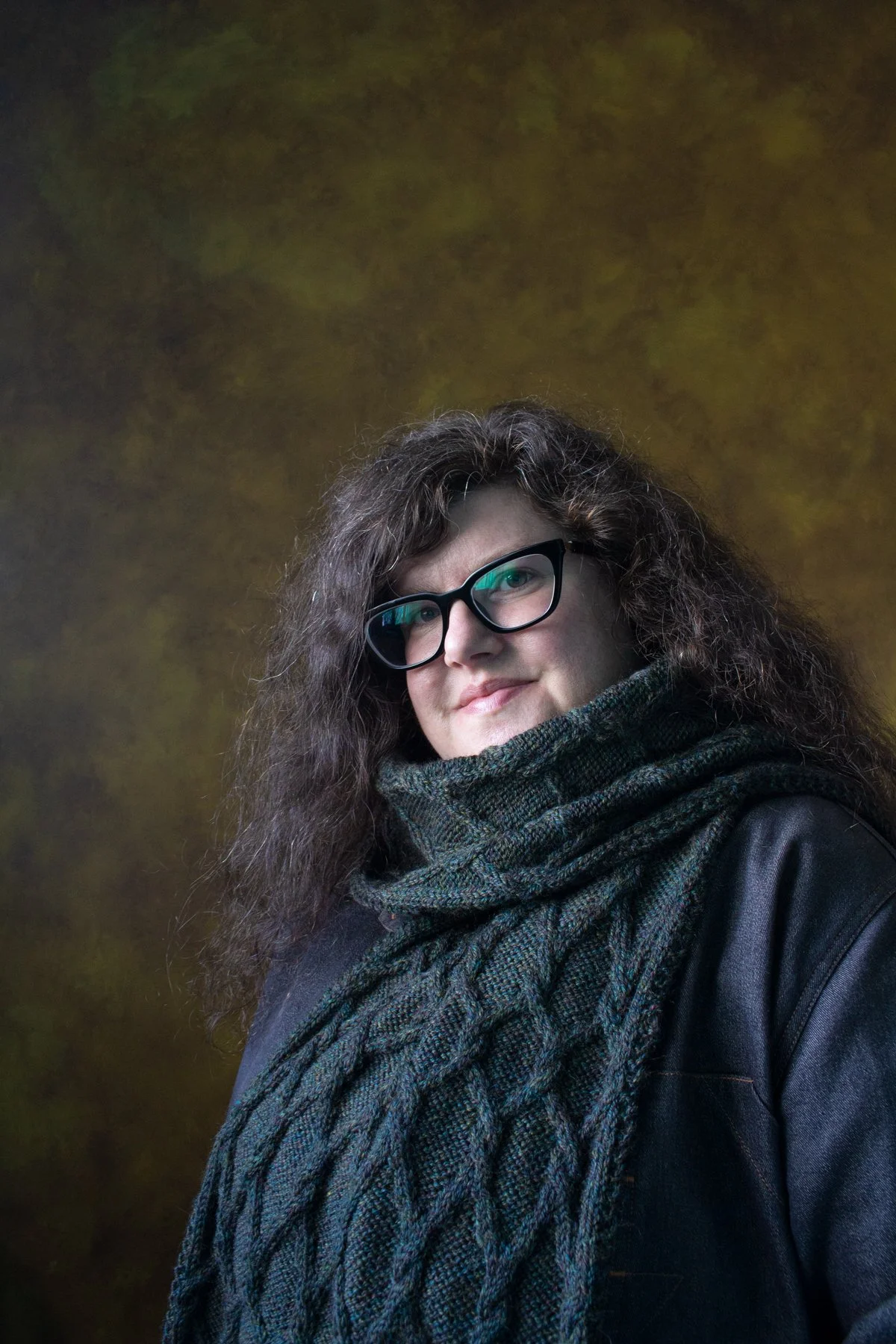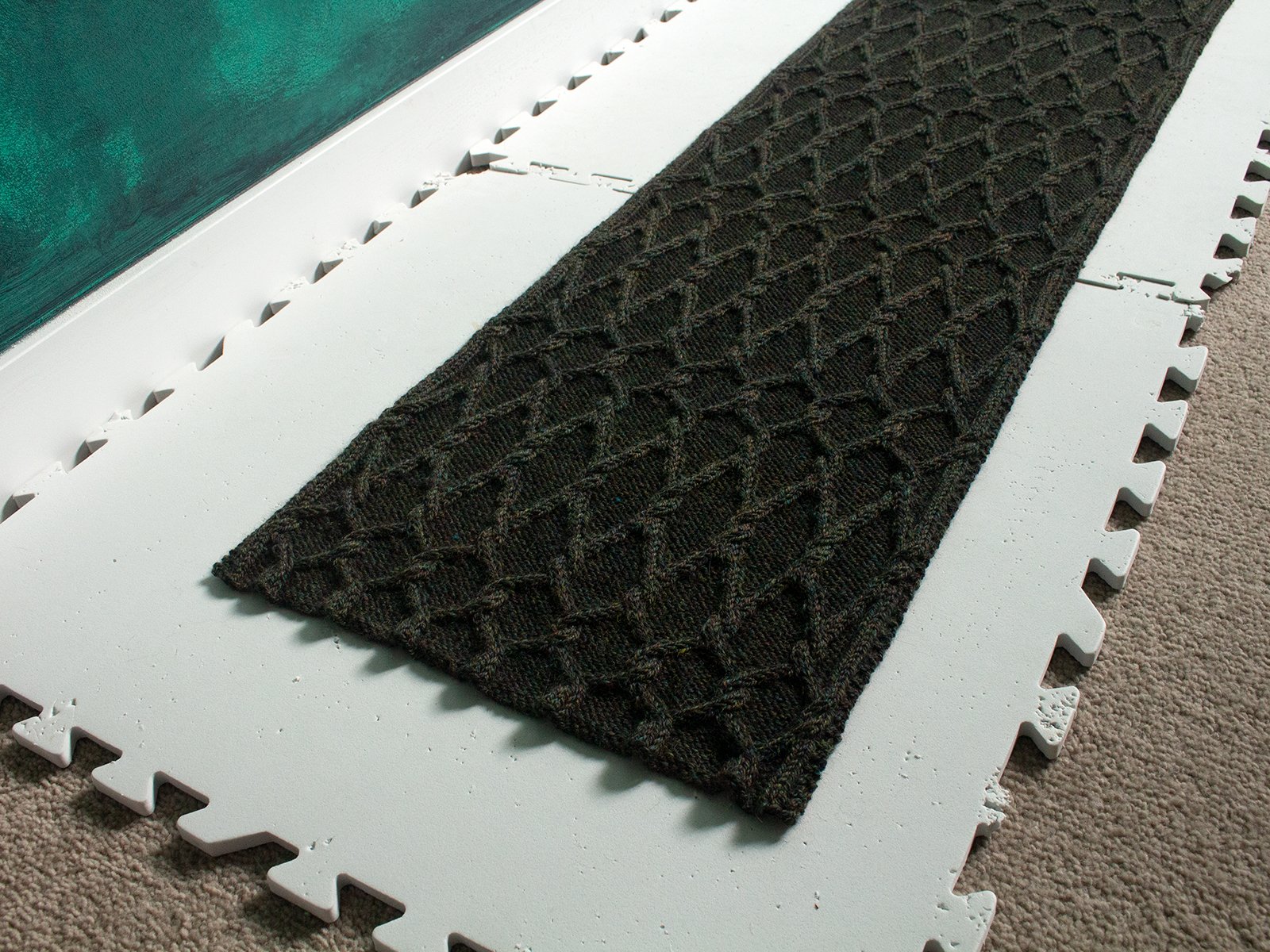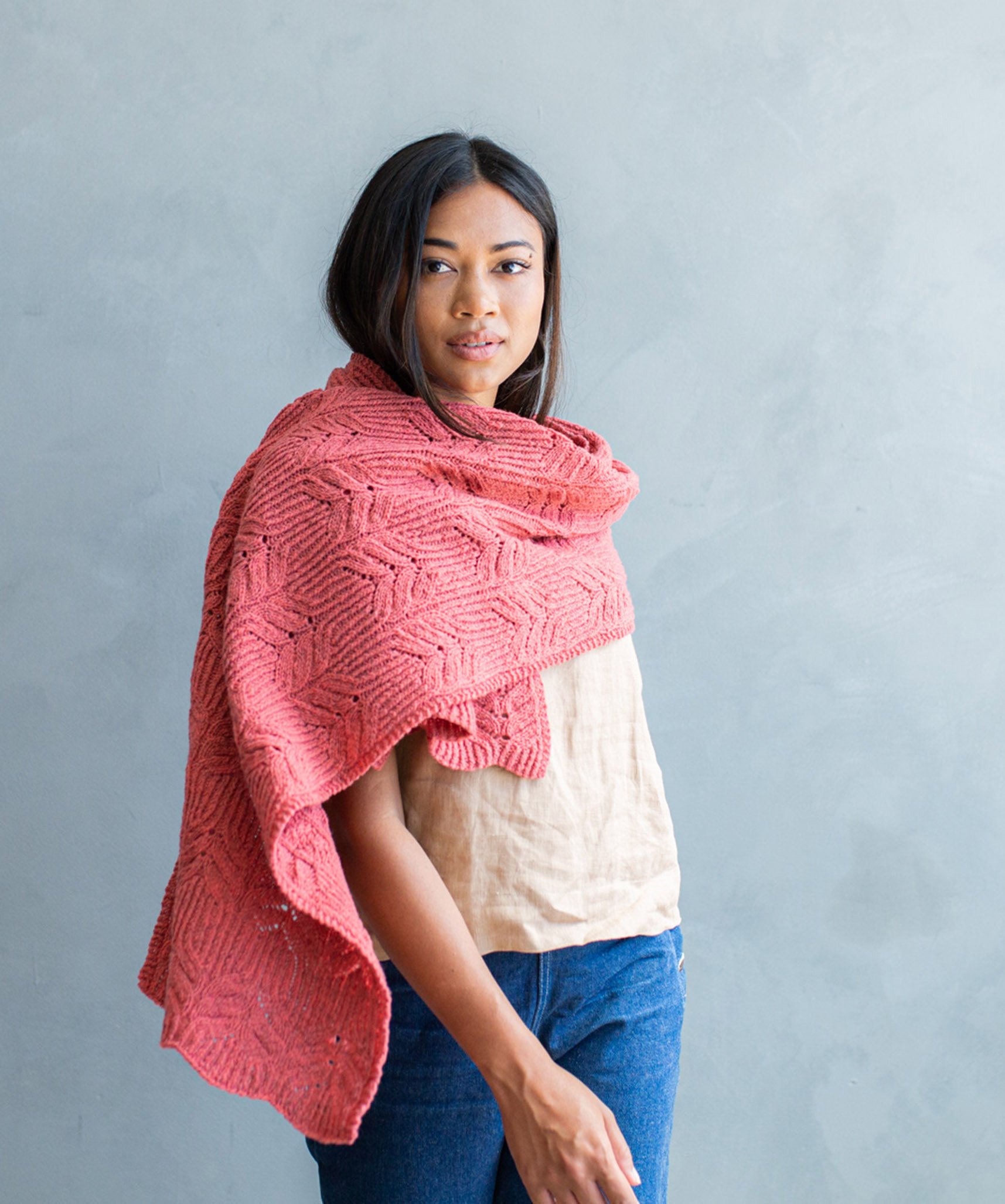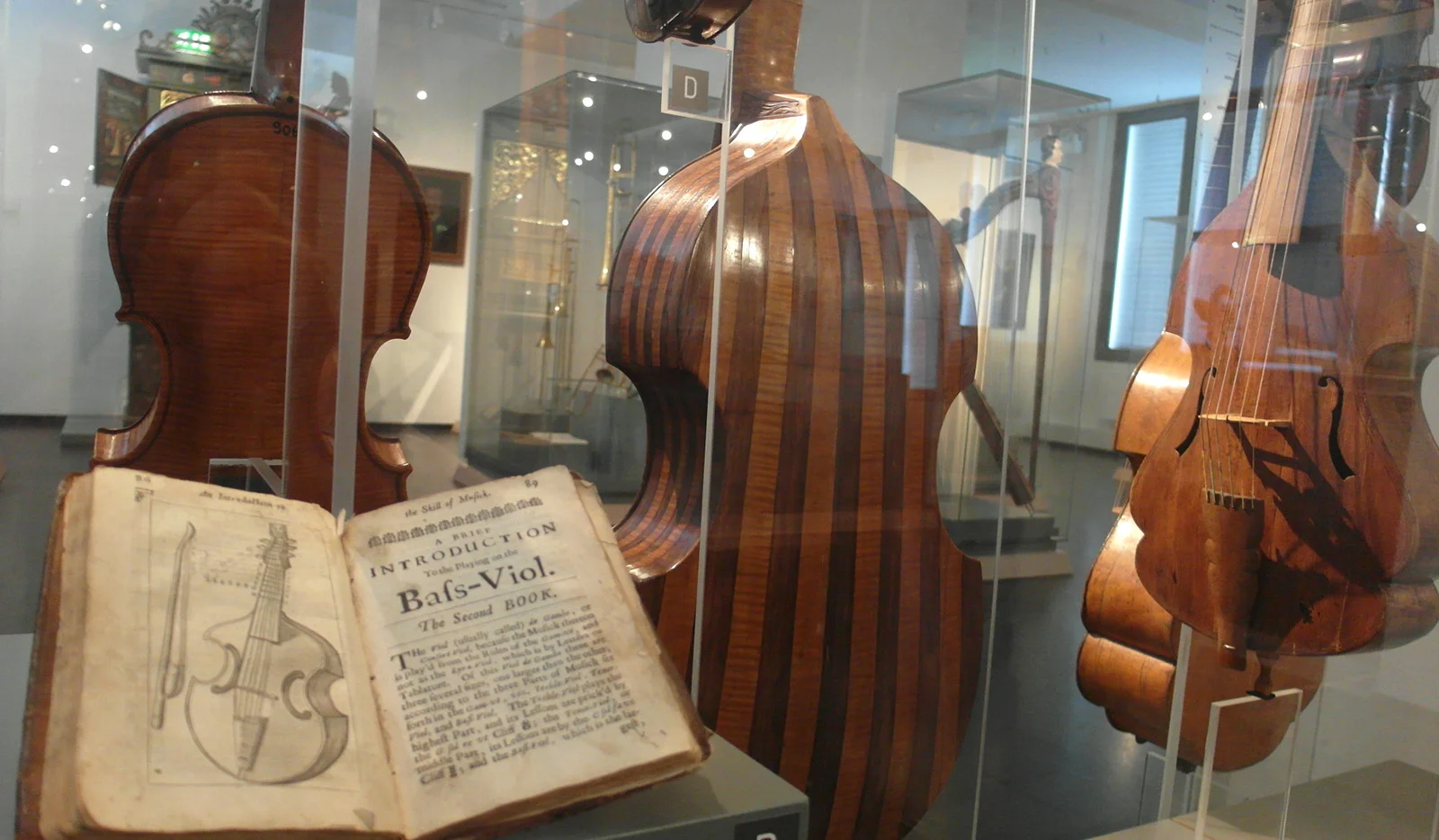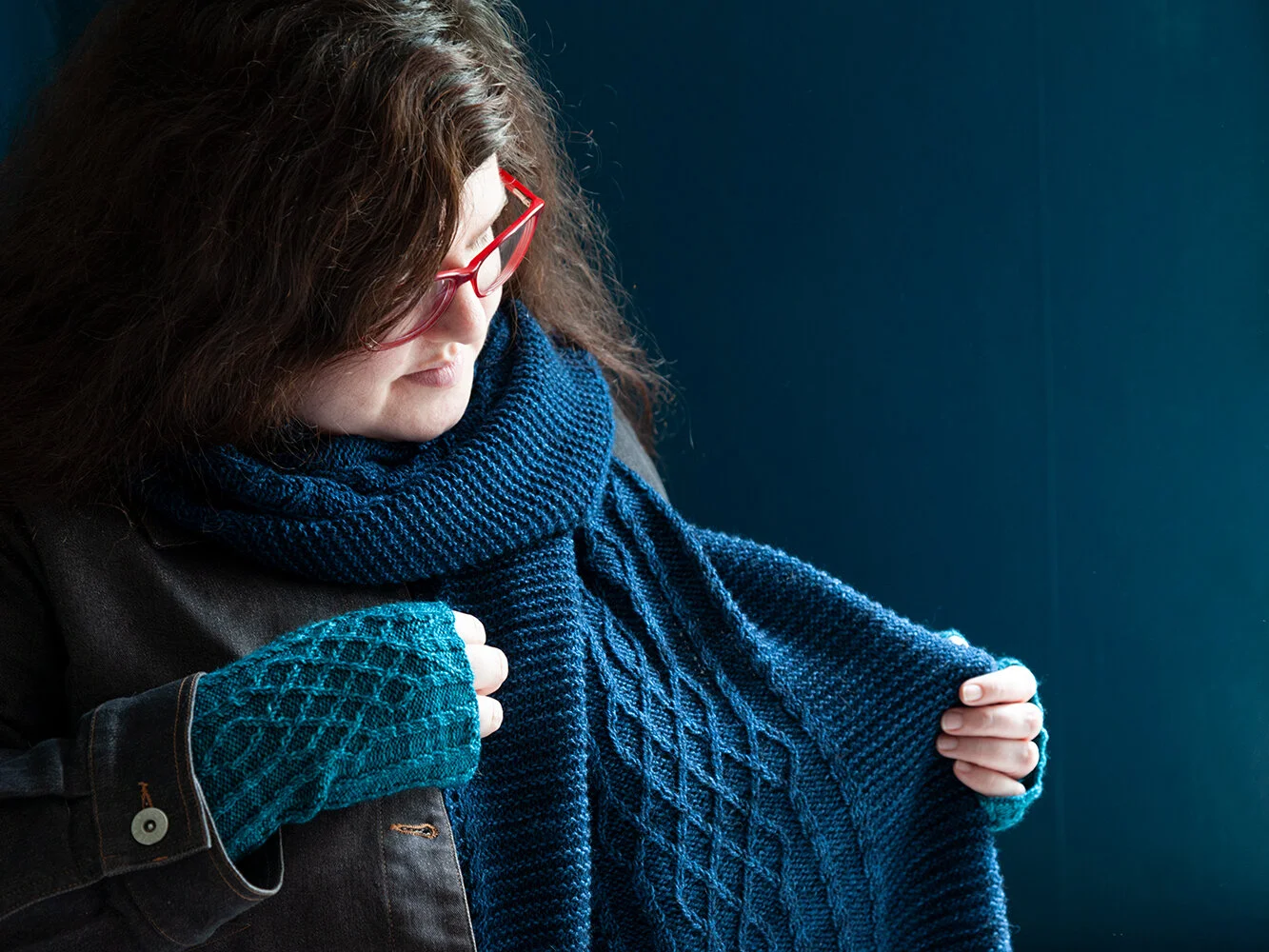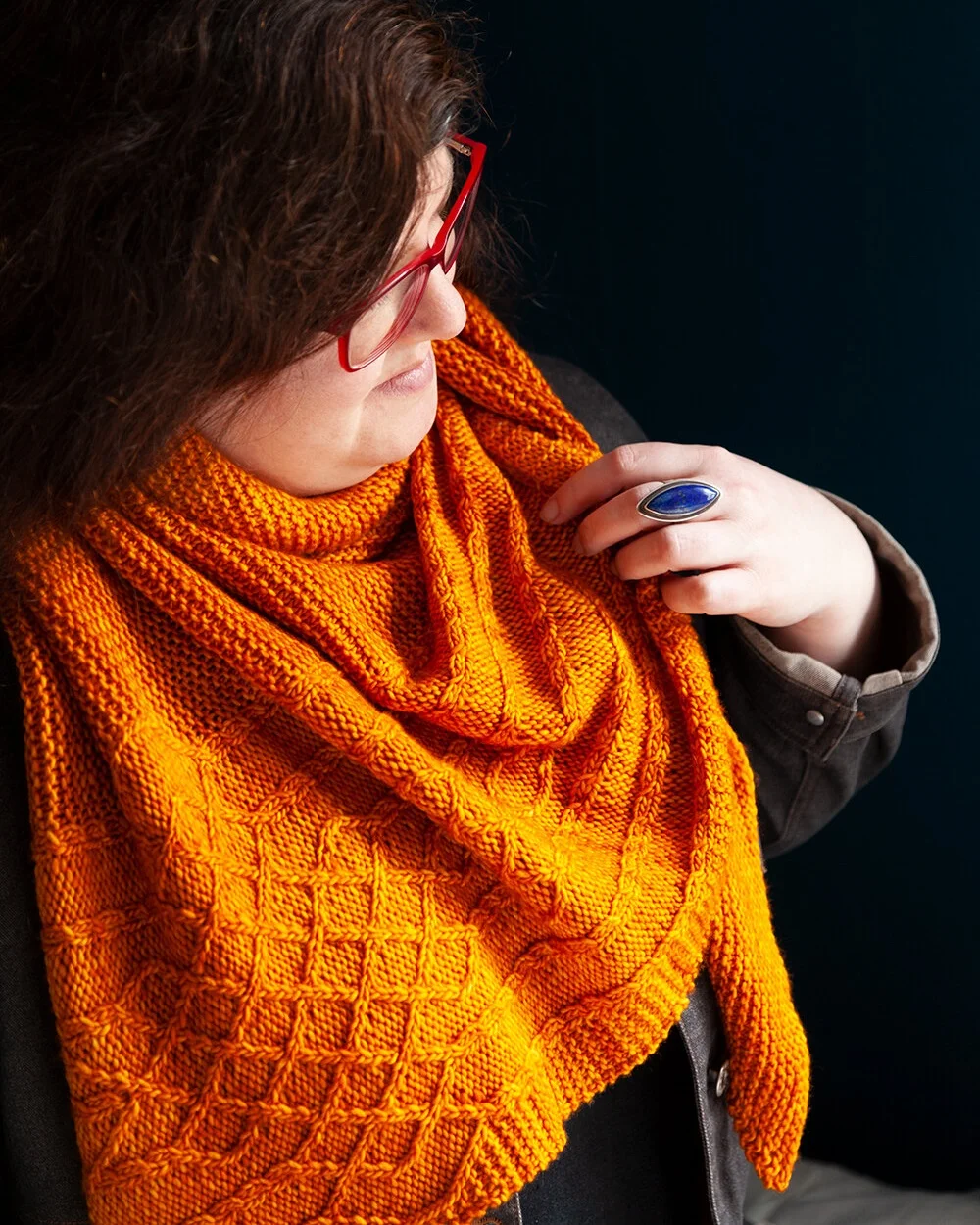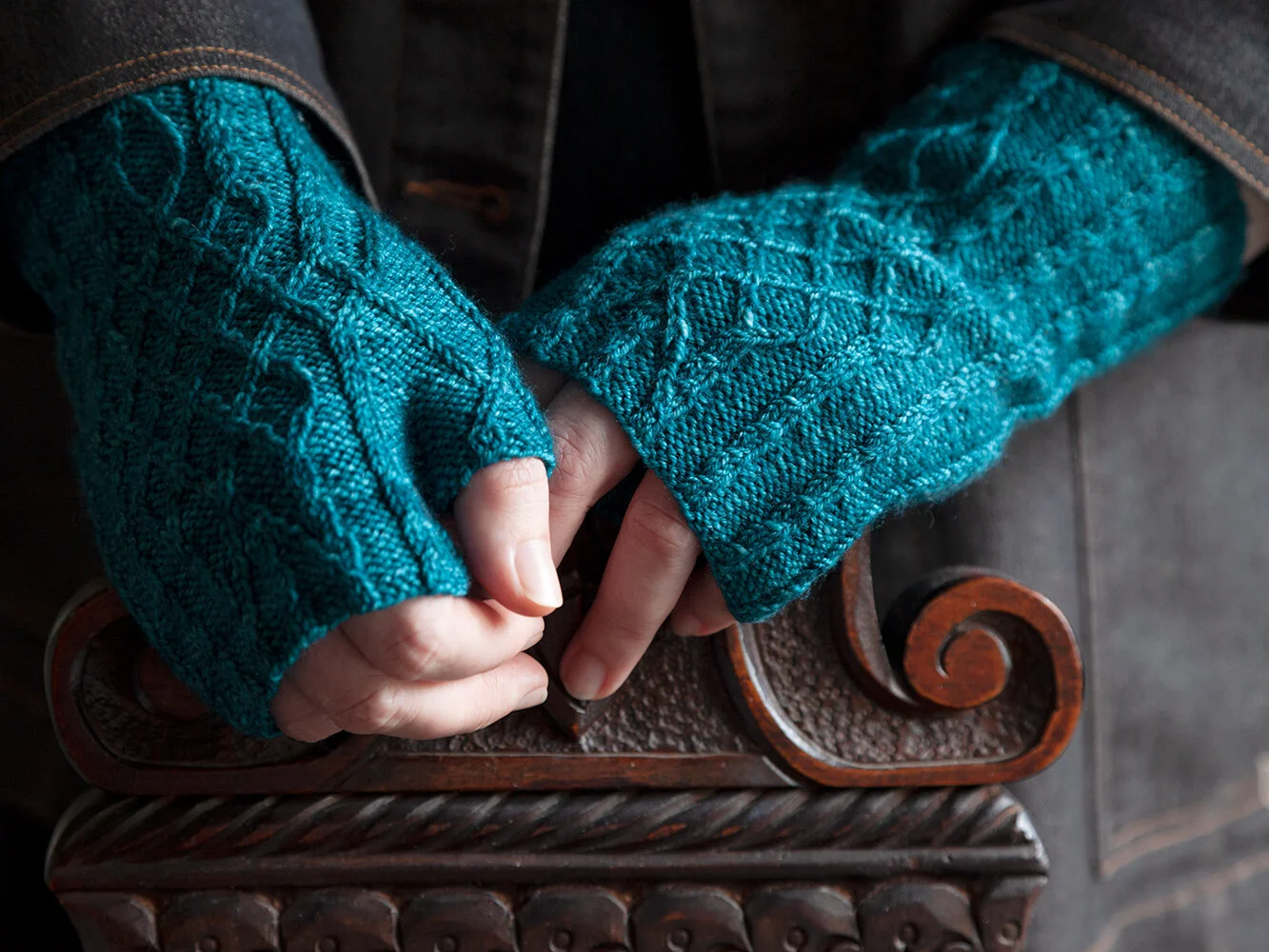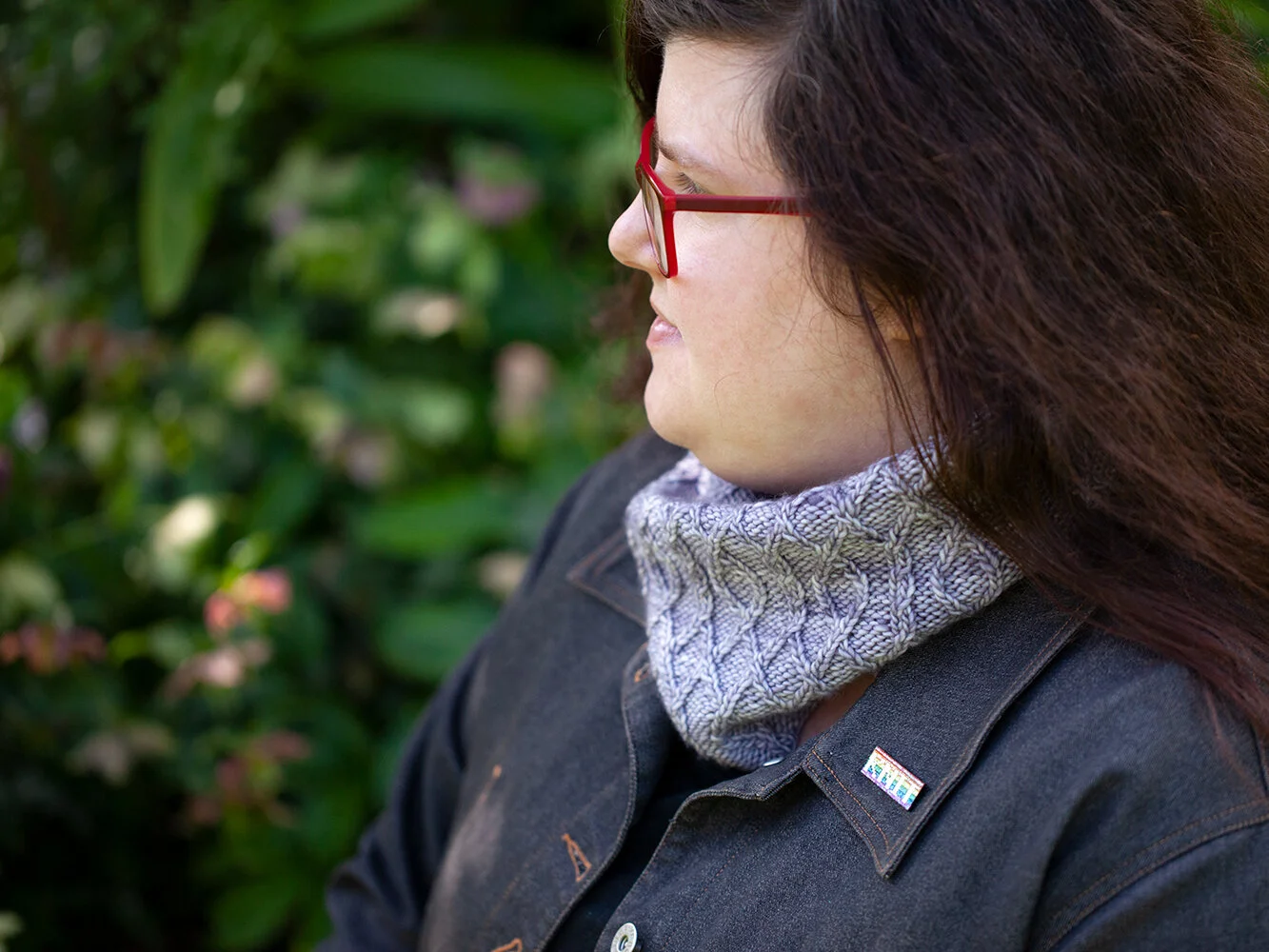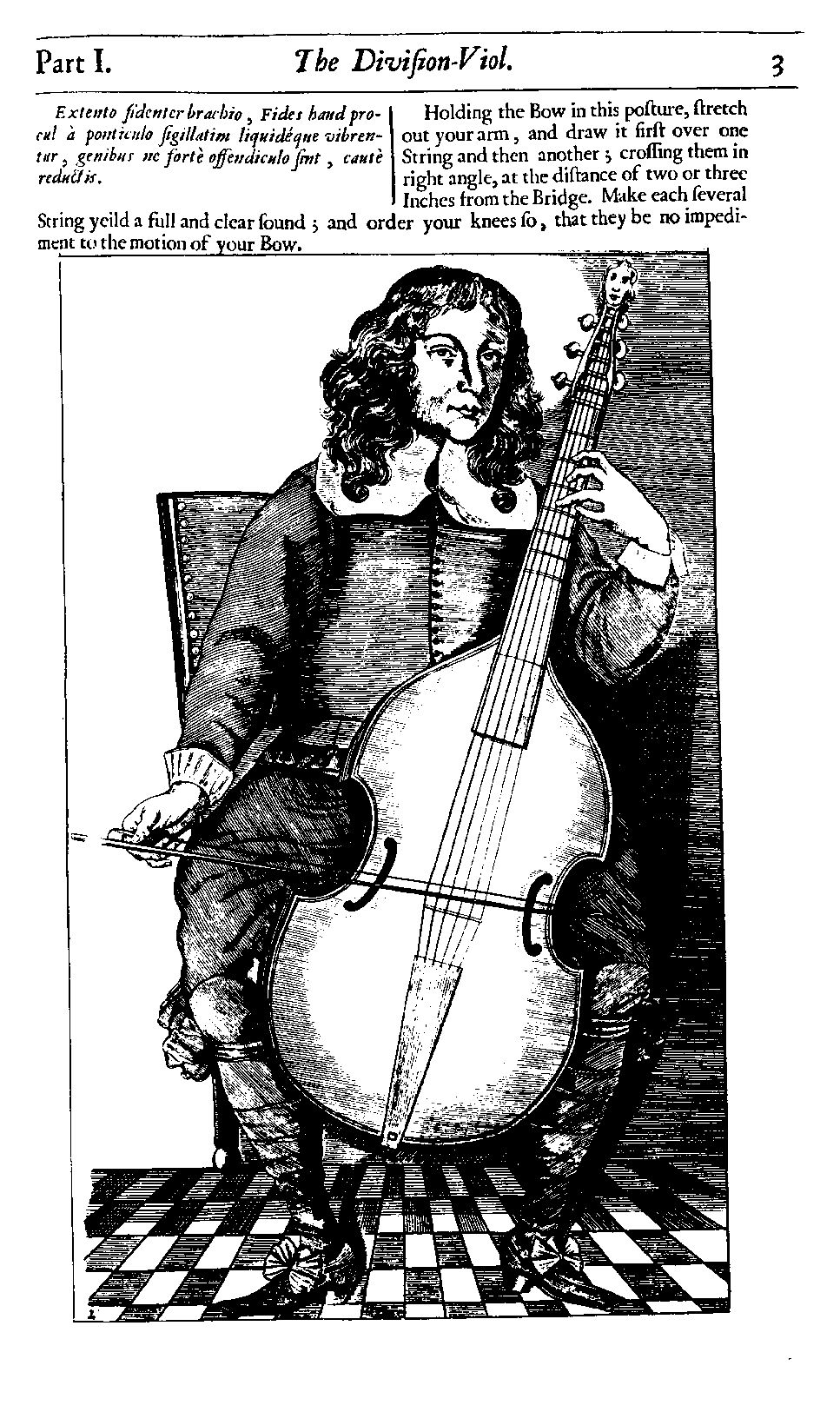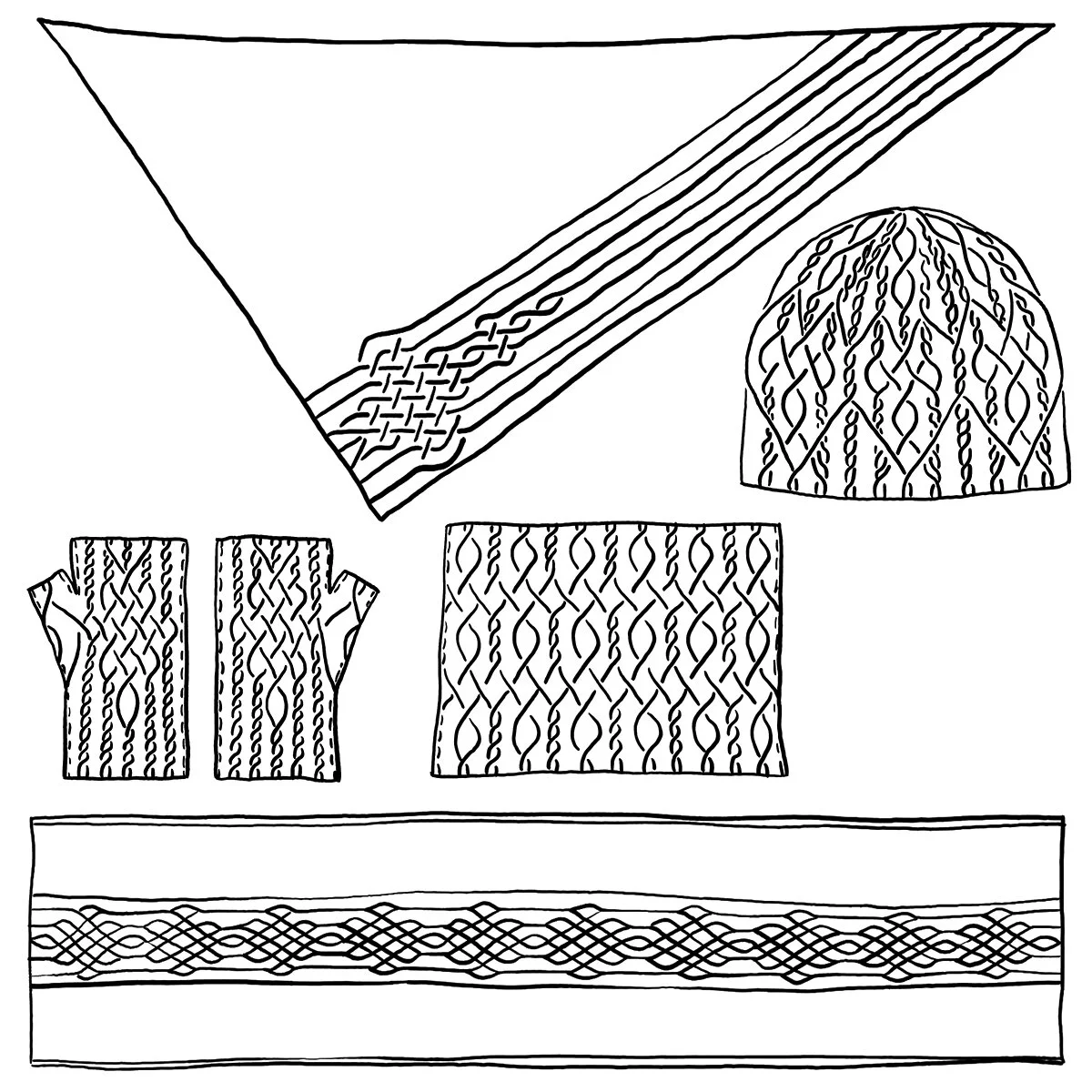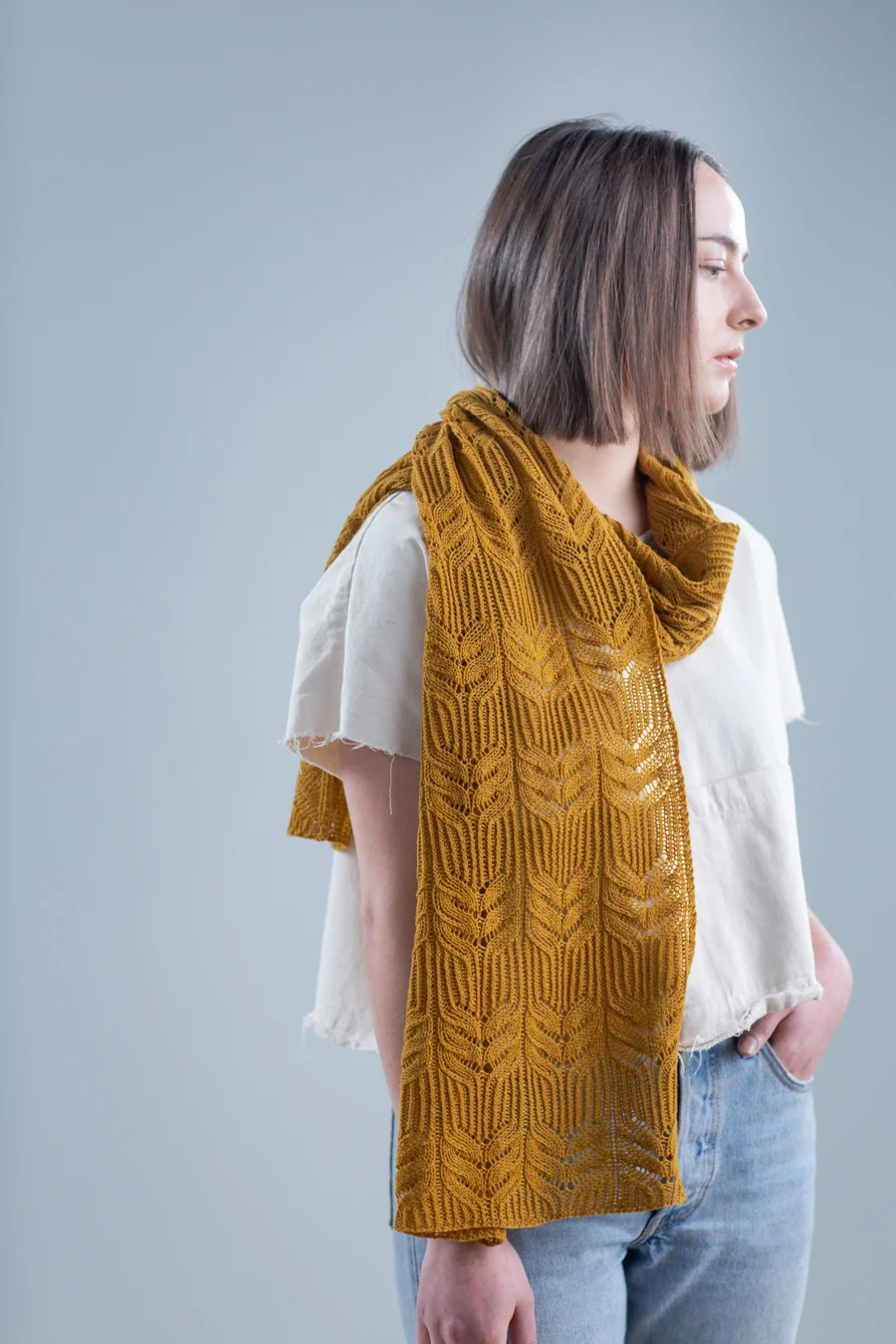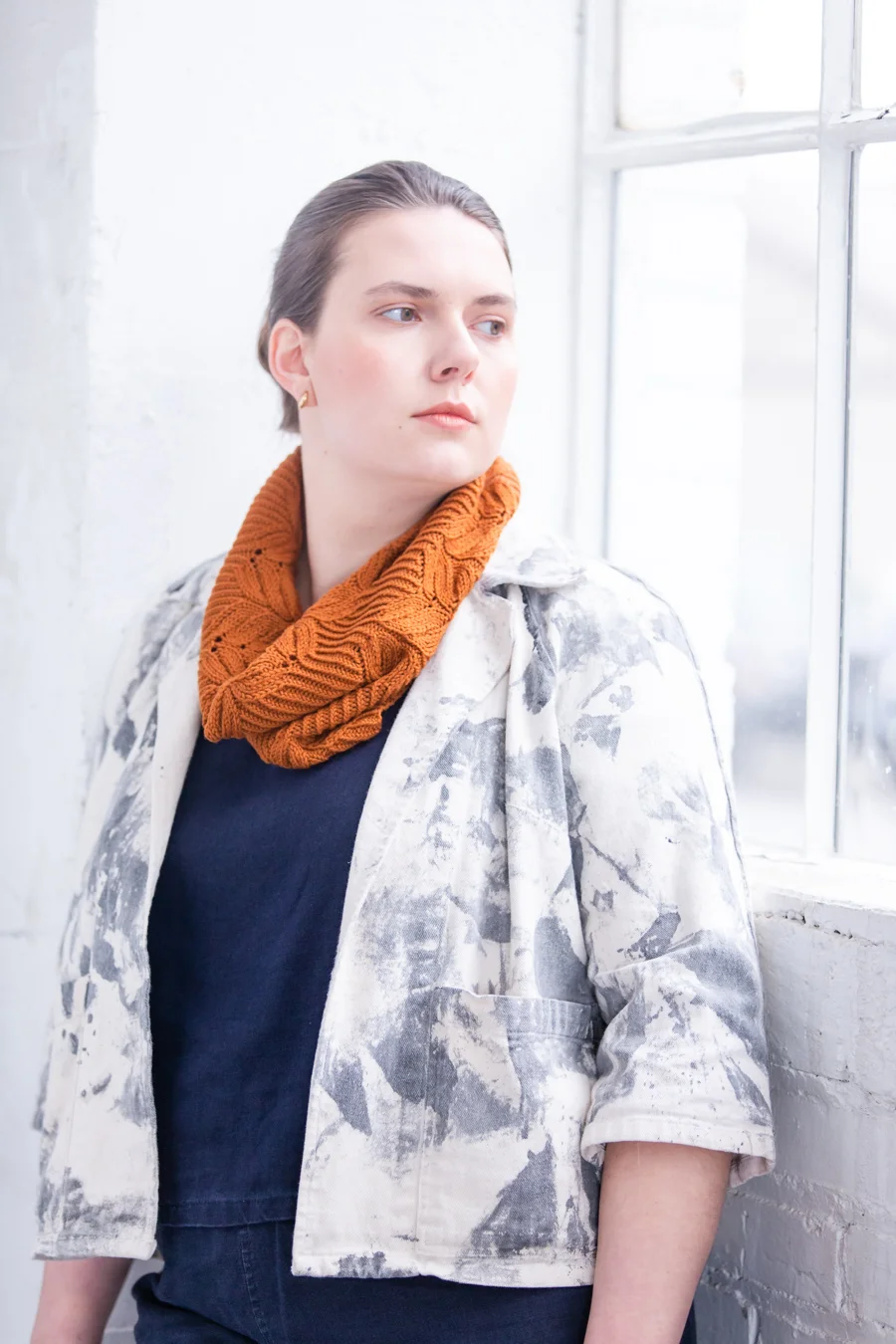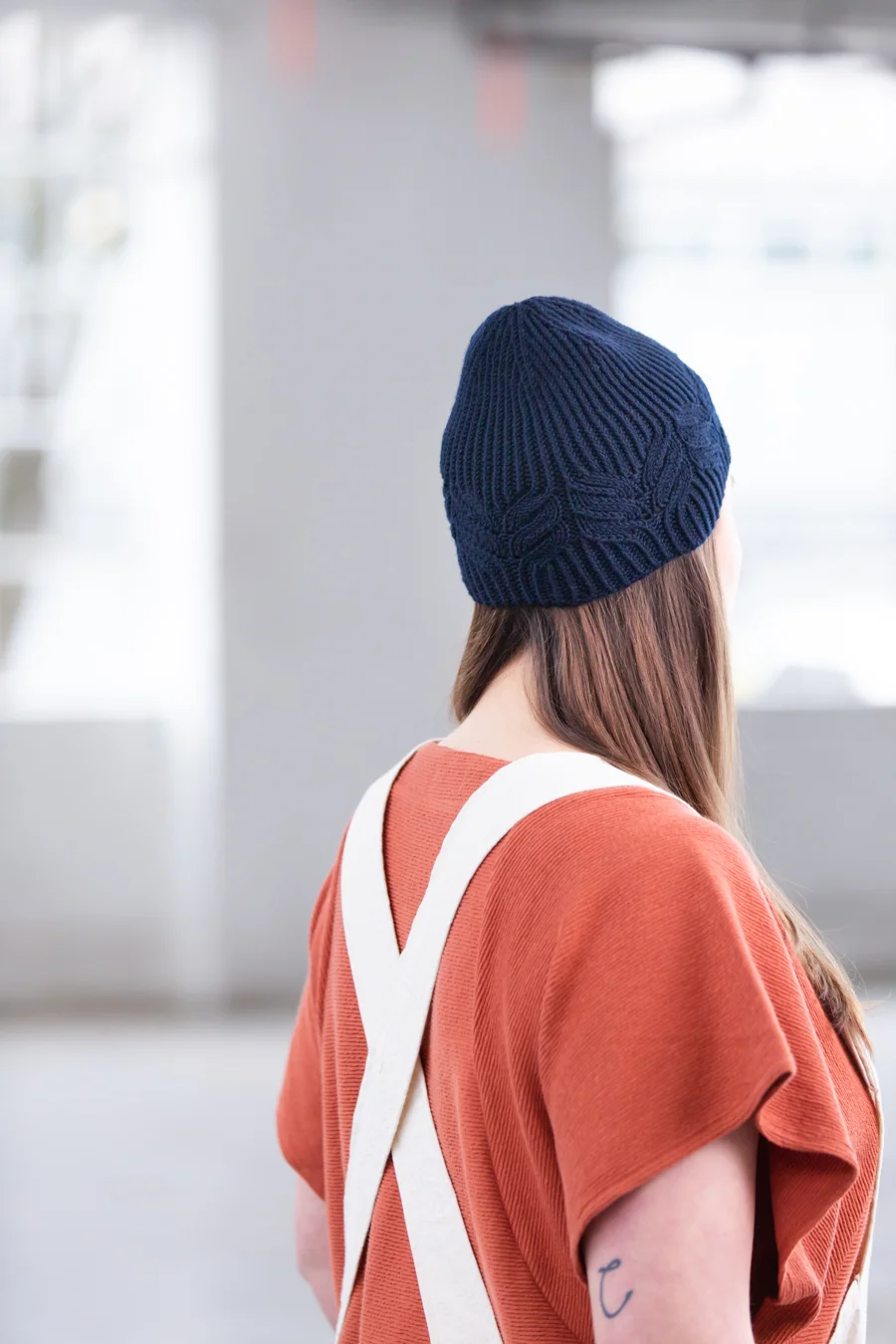In the mood for some cosy cables? This squishable scarf was created in collaboration with John Arbon Textiles, who are launching their new Yarnadelic Worsted yarn tomorrow (which just happens to be my birthday - I’ll be 43)! The Observatory Gate scarf is thick and cosy, with an all-over cable pattern meandering to and fro over a background of reverse stockinette.
Every now and then I see something when I’m out and about and just know it needs to be turned into knitting somehow. Inspiration struck during a walk through Melbourne’s Royal Botanic Gardens when I laid eyes on the intricate wrought-iron Observatory Gate, so named because it marks the way to an old historic observatory. I snapped the photo below and began charting and swatching, trying to find an effective way of capturing the gate’s wavy, fluid trellis-pattern in knitting. After many false starts involving twisted-stitch mini-cables, larger cables, and even colourwork, I hit upon this cable pattern which strikes a good balance between knitability and aesthetics.
The Observatory Gate at the Royal Botanic Gardens, Melbourne Australia
To knit my sample I used 5 skeins of Yarnadelic Worsted by John Arbon Textiles, which is 100% Falklands Corriedale wool, at 235yds/215m per 100g skein. Yarn kits for this pattern will be available on their website shortly, in a range of beautifully-heathered colour options. I used the colourway ‘Black Gold of the Sun’, a complex greenish-black shade perfect for evoking old ironwork. I haven’t knit many cabled projects in a colour this dark, but now that I’ve tried it I’m obsessed. Shoutout to my new-ish pair of reading glasses, without which I would not have been able to weave in the ends no matter how good the lighting!
I love how the woolliness of the yarn helps minimise the little imperfections in my tension; my usual stretched-out cable stitches look much better after washing and blocking. I’ve previously used the sport-weight version of Yarnadelic for knitting colourwork (in my Cat’s Eye Cowl), and I thought it worked brilliantly - the woolliness once again helps smooth everything out and makes for a cohesive fabric, and there are so many inspiring colour options. I’ll definitely keep the worsted version in mind for heavier-gauge colourwork.
The scarf measures 77”/195.5cm in length, which can be adjusted by working a different number of cable-pattern repeats, and the 13”/33cm width is easily adjustable by adding or subtracting a multiple of 12 stitches to the cast on. If you’re confident with working 2-over-2 cables this should be a nice straightforward project with an impressive result.
I recommend blocking your scarf once it’s finished to tidy up any wonky stitches and help the edges uncurl. I wet-blocked mine by soaking it in warm water with a little wool wash, gently rinsing it and squeezing out the water, and carefully laying it out flat to dry. I didn’t use any pins or wires because I didn’t want to risk stretching it too much and flattening the cables. Instead I smoothed it out with my hands, and used a long wooden ruler to check the edges were straight and even.
My scarf laid out to dry on my foam blocking mats - please excuse the claw and nibble marks, my cats are a bit too keen on these mats!
Observatory Gate features:
A scarf knit from end-to-end, with an all-over pattern of interlinked cables
One size is included in the pattern, with suggestions for adjusting the length and width
Requires 1,107yds/1,012m of worsted weight yarn (shown in John Arbon Textiles Yarnadelic Worsted)
Choose a non-superwash wool yarn in a solid or heathered shade
Scarf dimensions, relaxed after blocking: 77”/195.5cm length, and 13”/33cm width
Charts and written instructions are both provided in full.
My little helpers love to get in on the photoshoot action.
Find out more about my Observatory Gate pattern, including Ravelry and Payhip purchase options.
